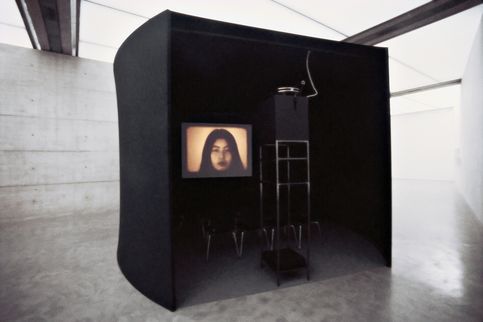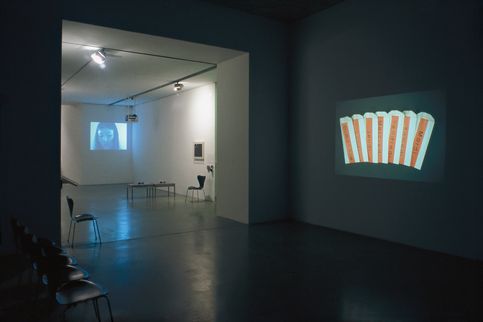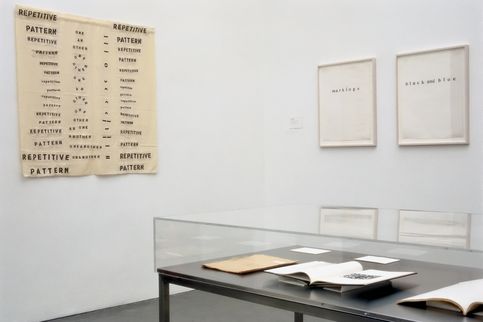The Dream of the Audience:
Theresa Hak Kyung Cha
Organization: University of California Berkeley Museum of Art and Pacific Film Archive
Curator Exhibition Berkeley: Constance Lewallen
Curator Exhibition Vienna: Sabine Breitwieser
Curatorial Assistant, Exhibition production:
Luisa Ziaja
In a comprehensive retrospective, the Generali Foundation was presenting the work of the Korean American artist Theresa Hak Kyung Cha (1951-1982) for the first time in Vienna. The exhibition thereby also launched the reception of this influential at this time under-represented body of works in Europe. The Generali Foundation had reconstructed several of Cha's works including a seminal slide projection, which was shown for the first time since the artist's death.
Born in Korea, Theresa Hak Kyung Cha emigrated to the U.S. with her family at the age of 13. She grew up in San Francisco, studied comparative literature and art at the University of California, Berkeley from the late 1960s to late 1970s. At this time, Berkeley was not only a site of student protests against the invasion of U.S. troops in Vietnam: the entire Bay Area was also a center for experimental art such as performance and video.
Deeply affected by her own geographical exile as well as cultural and linguistic displacement, the artist addressed themes such as memory and alienation. Characteristic of her exceptionally poetic and conceptual works is an intense engagement with language. As the "common denominator" in her interest in literature, linguistics and film semiology, she understood language as the primary basis for her work. Cha, who spoke three languages fluently, looked for "the roots of the language before it is born on the tip of the tongue." She used the learning of foreign languages to go beyond their basic function as means of communication, analyzing them and experimenting with "other relationships with language."
A basic topic in Cha’s work is the artistic realization of structuralist linguistic theories and French film theory, which she had studied at the Centre d’Etudes Américain du Cinéma in Paris with theorists such as Christian Metz, Raymond Bellour, and Thierry Kuntzel. The artist is known among film scholars for her publication Apparatus. Cinematographic Apparatus: Selected Writings, which she edited in 1980 - a standard work with seminal essays on film theory. In the middle section the book includes the work Commentaire, the artist’s own contribution to the subject.
In various media such as artist’s books, mail art, performances, slide shows, film, video, and installations, Theresa Hak Kyung Cha explored issues closely connected with her personal experience. Her complex works contain cultural references of Asian, European, and American origin. In some works, she simultaneously used Korean, English, French, and Latin. This practice culminates in Dictée (1982), a work in the form of a book, which Cha edited during her lifetime, but that was published shortly after her death.
Her videos, films, and slide projections are based on similar concepts, as are her performances, into which she introduced a real, three-dimensional element as an alternative to the projected image. The performances by Theresa Hak Kyung Cha have been described as outstanding experiences made unique by the artist’s own movements and voice and the entire choreography and environment, which included the use of multi-media elements. In her text for the performance A Ble Wail (1975), the artist stated that she would like to be "the dream of the audience."
In just one decade Cha created a pioneering body of works whose relevance had at the time of the exhibition recently had been discovered. What appears significant is the topicality informing this work. Migration and the cultural alienation that accompanies it have increasingly become the fate of countless people throughout the world and have thus become the subject of art works.
Second venue: Fundació Antoni Tàpies, Barcelona
27 January through 10 April 2005







